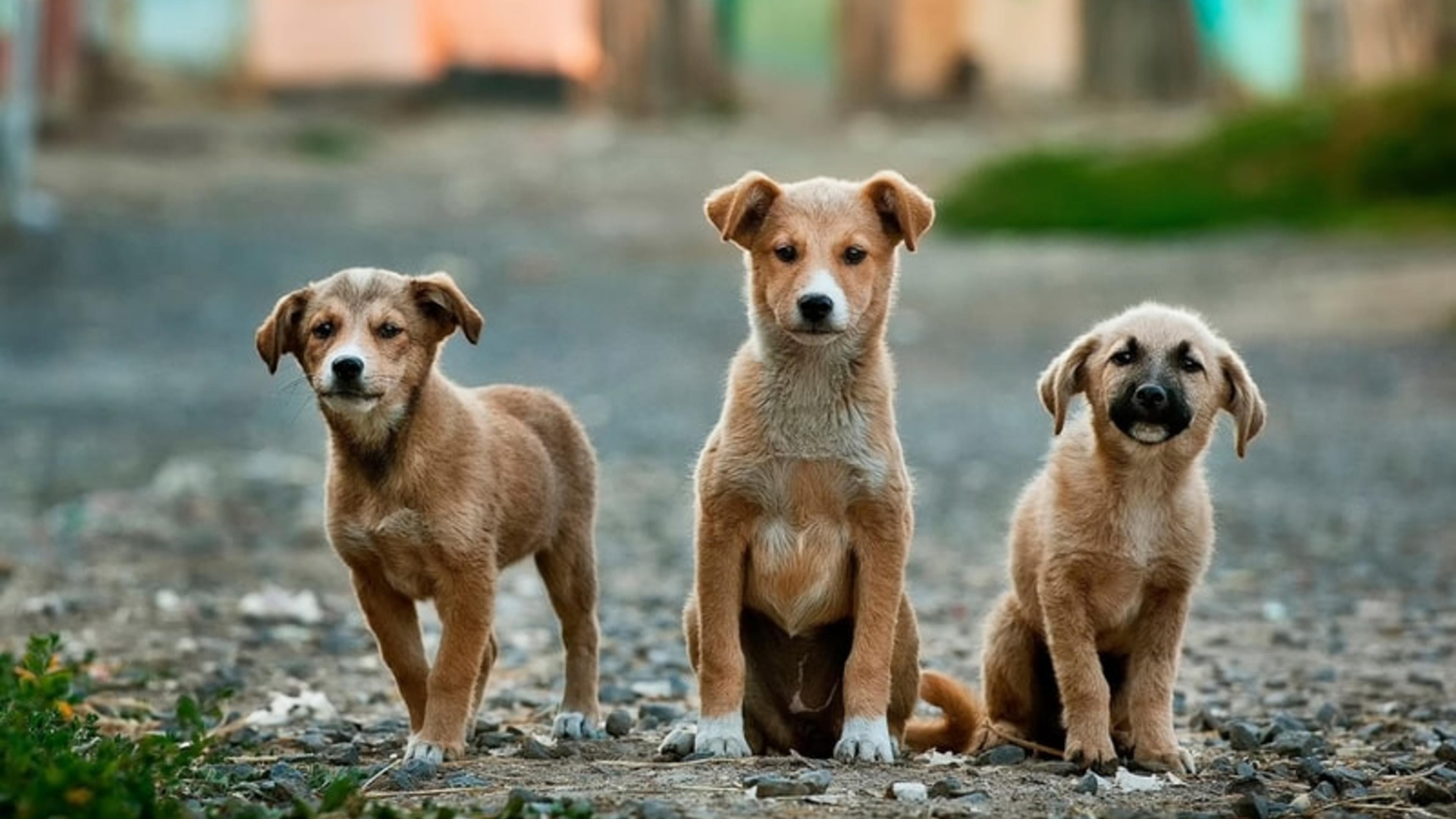“Well, we’re going to change countries, and we’re going to do it with the entire family.” But sometimes, when we talk about the entire family, the concept extends beyond the traditional. Of course, I’m talking about pets. For most people, it would be unthinkable to move to another country without Spike and Garfield.
Think about all the details for transfer and import. A pet is like a child, and for planning a move with your pets, this is true. Consider tickets, vaccines, certificates, permits, cages, regulations, etc.

Although all this may seem like a big headache, there is no need to panic. The formalities of bringing your pet to Costa Rica are simple. In this article, I will give you some tips to help you with the process.
The first thing to know is that all we can find relevant information on the Internet. Follow this USDA link for a guide with instructions for pet travel from the U.S. to Costa Rica.
And this link from the Costa Rican embassy in the U.S. provides the official information of the Costa Rican regulator for the import of pets. Regardless of the fact that you can find all the information online, it is always advisable to confirm it with the embassy, since some regulations may have changed and not yet been updated online.
Care for transporting your pet
There are several points to consider making your pet travel to Costa Rica as safe and stress-free as possible.
- Find out from the airline what physical specifications the kennel must-have. It is important to consider its size and material and to provide an acceptable level of movement of the pet. Conditions are:
- Specific dimensions, according to the size of the pet.
- The pet must be able to rotate freely on its axis and be able to stand on all four legs inside the cage.
- The kennel must have sufficient ventilation, with no objects that could hurt the pet.
- It can carry food or water containers, as long as they are spill-proof.
- The kennel must visibly show the details of the owner and pet.
- Be careful when buying the kennel! Not all brands available on the market are accepted by the airlines.
- Depending on the size of the pet, it can travel in the cabin with you. In case it exceeds the cabin allowances, it must go in the hold as a documented pet.
- Pets under four months of age, lactating animals, or pregnant females are generally not accepted.
- There can only be one pet per cage.

by pngfuel.com
It is important to know that some airlines do not allow certain breeds to travel, due to particular physical characteristics. This is the case of brachycephalic breeds such as Pug, Chow-Chow, Bulldog, Maltese, Pekingese, among others. This is because these animals often have respiratory problems, which can be aggravated by exposure to stress or extreme heat. They also do not allow certain cat breeds such as Persian, Burmese, or Exotic Shorthairs.
I want to emphasize the importance of finding out everything related to pet travel in advance to avoid delays when trying to board the plane, even a customs agent’s refusal at the border.
If you have questions relating to traveling or moving with your pet to Costa Rica, we here at TCI Alliance are happy to answer your questions.
by: Román Vergara


